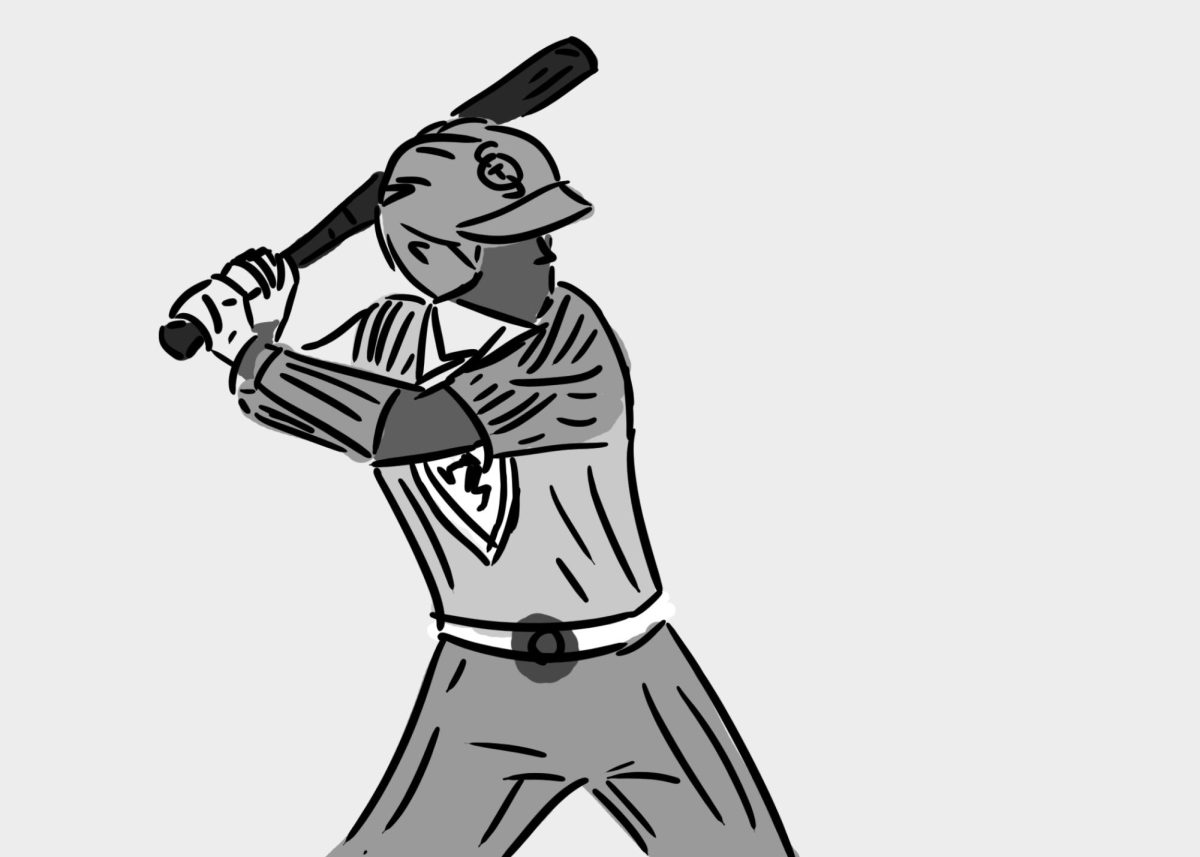The figure skating season has officially concluded its series of competitions for the winter. The only items on the agenda for most professional skaters right now are ice shows, sponsorship deals, resting and preparing for next year.
Considering the hype, the USA did relatively poorly at the Olympics, with only two bronze medals – one for the team event and one in ice dance. At the world championships, the USA fared better, with Nathan Chen winning his first world gold and Madison Hubbell and Zachary Donohue winning silver in ice dance.
While not to take away from their achievements, most figure skating fans point out several key players always miss the world championships after the Olympics, meaning less depth overall. For the men, Olympic gold medalist Yuzuru Hanyu was forced to withdraw due to injury and bronze medalist Javier Fernandez retired. In ice dance, Olympic gold medalists Tessa Virtue and Scott Moir retired after the Olympics, and the team of Ekaterina Bobrova and Dmitri Soloviev withdrew due to fatigue.
The US women will only be able to send two skaters to the world championships next year due to its top two skaters’ mediocre placements, as they fell outside the top thirteen. This comes after a disappointing Olympics where the US women finished ninth, tenth and eleventh. Many note this follows the trend of downward quality in the US women’s field.
Pairs was by far the worst, with the highest team placing fifteenth.
When asked what could be done to reverse the situation, former American figure skater and Olympic gold medalist Scott Hamilton tweeted, “besides smartphones, social media, lack of competitive fire and participation trophies, I’m not sure. Hmm. Maybe the above list is enough.”
Many people have pointed out the inaccuracies of this statement, such as other areas of US dominance not declining despite using cell phones. It’s particuarly flawed in that the only medal outside the team event was won by Alex and Maia Shibutani, who are extremely active on their various social media accounts, even running vlogs on YouTube. Successful skaters from other countries also regularly use social media. World silver medalist Wakaba Higuchi and two-time world champion and Olympic silver medalist Evgenia Medvedeva are frequently on Instagram, merely a few examples of popular skaters often updating their various social media accounts.
What Scott Hamilton fails to account for is the harsh media pressure that often strains athletes on the biggest stage, especially among new faces getting accustomed to the limelight. Bradie Tennell was marketed for her consistency despite skating in just two competitions prior to the Olympics, and was billed as the savior for US women’s figure skating who would end the 12-year Olympic medal drought. However, she collapsed in both of her programs at the Olympics, finishing a disappointing ninth. Nathan Chen was considered a shoo-in for gold despite a meltdown performance at the World Championships the year before. He ended up falling in the short program for both the team and individual event at the Olympics. Though he made a comeback and finished fifth overall, Chen later admitted he was only able to do so because the media was no longer putting pressure on him to win. He was only skating for himself.
Ironically, the most successful US discipline has been ice dance, which receives little media attention compared to singles’ skating. Ice dancers often don’t receive heavy media coverage until after they win Olympic medals. Meryl David and Charlie White weren’t household names until they won gold in Sochi despite already being established, decorated world champions. The sport also favors veterans who have been on the competitive scene for years and have grown accustomed to media scrutiny, as opposed to the stereotypical youthful princesses and jumpers who usually compete in singles.
If we want our skaters to do well, giving them the necessary breathing room to be able to grow and make mistakes without being eviscerated by mass media that overhypes them is a necessary start. There are other things too, such as the overreliance on the ice princess image and the cost, but the media not jumping the gun as soon as promising skating talent emerges would certainly help.



